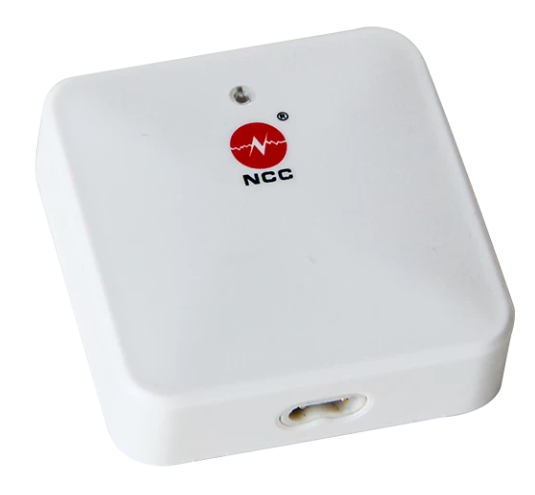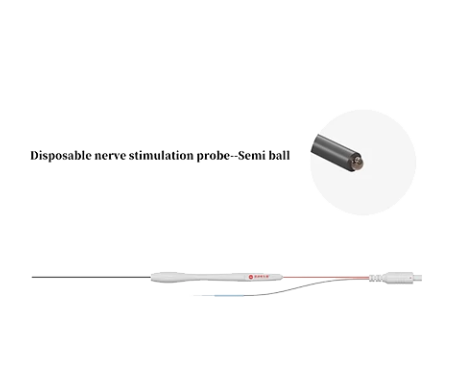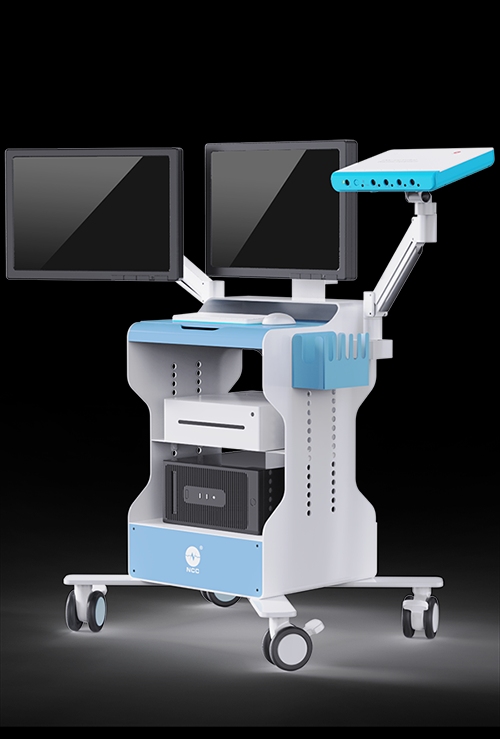Frequently Asked Questions About Microcurrent Stimulators Answered
Microcurrent stimulators have gained popularity in recent years for their effectiveness in managing various conditions, including insomnia, anxiety disorders, and depressive disorders. As a result, many people are curious about how these devices work and their benefits. In this article, we will address some frequently asked questions about microcurrent stimulators, featuring insights from NCC, a leader in innovative therapeutic solutions.

What is a Microcurrent Stimulator?
A microcurrent stimulator is a device that delivers low-intensity electrical currents to stimulate the body's tissues. These currents can help improve cellular function, promote healing, and balance neurotransmitter levels in the brain. NCC's microcurrent stimulators are designed to provide effective treatment for conditions such as insomnia and anxiety.
How Does Microcurrent Therapy Work?
Microcurrent therapy works by delivering microamperes of electrical current to the body through electrodes. This stimulation helps to enhance cellular metabolism, increase ATP production (adenosine triphosphate), and improve blood circulation. The result is a natural boost to the body's healing processes and an improvement in overall well-being.
What Conditions Can Microcurrent Stimulators Help Treat?
Microcurrent stimulators are commonly used for:
- Insomnia: By regulating brain waves and promoting relaxation.
- Anxiety Disorders: Helping to balance neurotransmitters and reduce stress.
- Depressive Disorders: Supporting mood stabilization through electrical stimulation.
Are Microcurrent Stimulators Safe to Use?
Yes, microcurrent stimulators are generally considered safe when used as directed. NCC's devices feature built-in safety mechanisms, including constant current frequency conversion and intelligent resistance detection, ensuring a safe user experience.
How Do I Use a Microcurrent Stimulator?
Using a microcurrent stimulator typically involves the following steps:
1. Set Up the Device: Connect the electrodes as instructed in the user manual.
2. Select Settings: Choose the appropriate intensity and treatment duration based on your needs.
3. Apply Electrodes: Place the electrodes on the designated areas of your body or on specific points related to your condition.
4. Start Treatment: Activate the device and relax during the session.
NCC’s microcurrent stimulators come with an intuitive software interface that allows for easy adjustments and monitoring of treatment parameters.
How Long Does Each Treatment Session Last?
Treatment sessions can vary depending on individual needs and device settings. Generally, sessions last between 20 to 60 minutes. It’s essential to follow the guidelines provided by your healthcare professional or the device manual.
Can I Use a Microcurrent Stimulator at Home?
Yes, many microcurrent stimulators are designed for home use. NCC offers portable versions of their devices that are easy to operate and suitable for multiple scenarios, making it convenient for users to incorporate therapy into their daily routines.
Are There Any Side Effects?
Microcurrent therapy is non-invasive and typically has few side effects. Some users might experience mild tingling sensations during treatment or slight redness at electrode sites, which usually resolves quickly. Always consult with a healthcare provider if you have concerns about side effects.
How Often Should I Use a Microcurrent Stimulator?
The frequency of use can depend on individual conditions and treatment goals. For chronic issues like anxiety or insomnia, users may benefit from daily sessions initially, followed by maintenance treatments as needed. It's best to consult with a healthcare professional for personalized recommendations.
Conclusion
Microcurrent stimulators represent an innovative approach to managing various health conditions effectively and safely. With features like customizable settings, intelligent reporting, and user-friendly interfaces, NCC’s microcurrent stimulators provide an excellent solution for those seeking relief from insomnia, anxiety disorders, and depression.
If you have more questions or want to learn more about how NCC's microcurrent stimulators can benefit you, feel free to reach out! Your journey toward improved mental health starts here!

 中文
中文 Arabic
Arabic Spanish
Spanish Hindi
Hindi French
French Indonesian
Indonesian Portuguese
Portuguese Persian
Persian Russian
Russian Korean
Korean German
German Vietnamese
Vietnamese Turkish
Turkish



